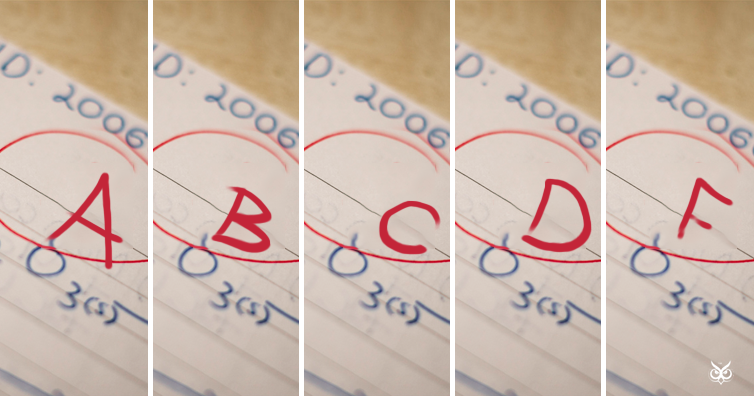Have you ever wondered why the A-F letter grade system does not contain an E? How is it that we went from D to F and totally skipped E? Yes, we do know that some schools actually hand out an E grade but they are just a minority. The majority of the schools (at least in the US) follow the A-F grading scale that does not contain the E grade.
Here’s the story.
To understand why there’s no E in our grading scale, we’ll have to go back 120 years ago as in 1897, we have the earliest record of a letter grade system. It was used in the Mount Holyoke College in Massachusetts and the lowest grade at that system was E, which meant failure. The rest of the scale was A (scores between 95-100), B (scores between 94-85), C (scores between 84-75), D (scores between 74-65). Anything below 65, received the dreaded E. (the article continues after the ad)
In the years to come, F was added to the grading scale and basically replaced E for failure. It actually made sense because the word failure starts with F. The scale was tweaked and E covered the scored from 65 to 69. This new A, B, C, D, E, F grading system was mainly used throughout the country for at least three decades.
It all changed in the 1930s though. Because of F’s association with failure, professors began to worry that their students would mistake E for excellent. Thus, they removed E from the academic grading and left us with our usual A, B, C, D, F grades!
If you like what you read, then you will definitely love this one: Why Do Americans Vote On Tuesdays, When Most Of The World Votes On Sundays?
Main Article Photos: thebarrowboy / Flickr
Photoshop: I’m A Useless Info Junkie
Source: How come schools assign grades of A, B, C, D, and F—but not E?
Widget not in any sidebars



